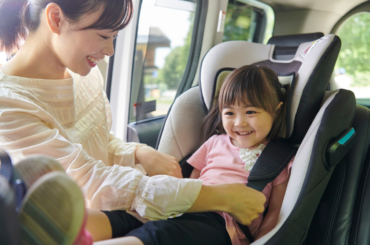As schools scramble to reopen with plenty of mask-wearing, hand-washing, and social distancing guidelines in place, some experts think we may be overlooking one much more critical factor in the fight against transmission of the COVID-19 virus: the quality of school ventilation systems.
A recent report by the Government Accountability Office found that schools in 41 percent of school districts have heating, ventilation, and air conditioning systems that need updating, something that proves crucial to the quality of indoor air. Given what we know about how COVID-19 transmits primarily through respiratory droplets in the air, the quality of schools’ circulation and filtration systems is more important than ever.
As one epidemiologist pointed out to Stat News, a subsidiary of The Boston Globe, the eight bullet points in the “staff safety” section of the guidelines released by the Centers for Disease Control and Prevention regarding schools reopening include only three dedicated to respiratory droplets. One warns people to stay 6 feet away from each other, another reminds them to cough into their elbows, and the third recommends wearing a mask. There is no specific mention of air filtration at all despite data that suggests that without addressing air filtration and circulation, the 6-feet rule does not prevent transmission indoors.
University of Maryland microbiologist Erin Bromage says ventilation systems tend to push particles from one side of a room to another, so anytime you have a group of people in one room for a sustained period of time – as happened at the now infamous choir practice in Washington state — the risk of infection increases. The CDC suggests that teachers and school staff open windows and doors to increase ventilation and push particles outside. But parents and teachers say this brings its own set of challenges given the number of children and staff with asthma and allergies, to say nothing of the danger of having a class full of young, curious children who could potentially fall from upper floor classrooms.
Are we focusing on the wrong things?
With so much talk about the need for temperature checks and one-way hallways, the conversation regarding ventilation seems to have fallen by the wayside, even though it’s clear that it’s likely to play a more critical role in viral transmission and infection. As a result, the national debate on schools reopening rages on with nary a mention of what schools plan to do about the quality of their ventilation and filtration systems.
With so many schools already unfunded, the pandemic is exposing yet another hole in our schools’ infrastructures, but what, if anything, can parents and staff do now?
One solution may be placing portable HEPA filters inside each classroom to clean the air. Similar to how HEPA filters capture particles the size of SARS-CoV-2 in hospitals, some experts think this is worth exploring. One group of 36 scientists recently wrote an article for the journal Environmental International touting “the benefits of an effective ventilation system, possibly enhanced by particle filtration and air disinfection, for contributing to an overall reduction in the indoor airborne infection risk, are obvious.”
Another report suggests that increasing the number of times HVAC systems exchange air per hour could push infectious particles outside and prevent them from being blown across rooms. Simple ways to increase that number include opening windows more often and keeping equipment maintained and updated.
Despite all of this evidence, none of the coronavirus relief bills set forth so far have included funds for better ventilation in schools, and many districts, especially those in low-income neighborhoods where some of our country’s most vulnerable Americans live, are struggling for funds as it is.
A parent’s best bet may be to start a conversation with their child’s administrators and other parents, perhaps via the Parent-Teacher Association. The more you know about your child’s school’s infrastructure, the better. Not only for your own peace of mind, but also because sometimes, the only way to prompt change is to ask a simple question that sparks conversation.







